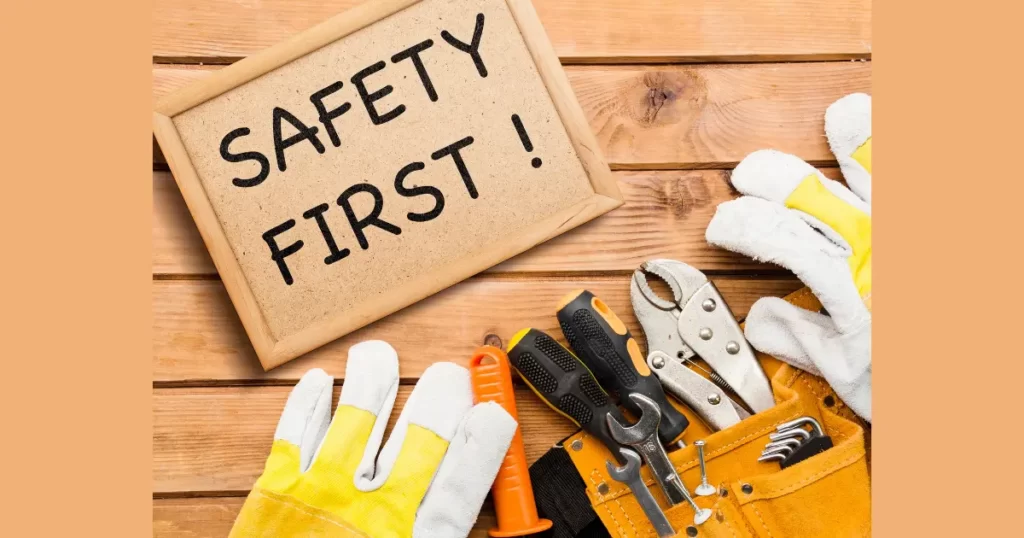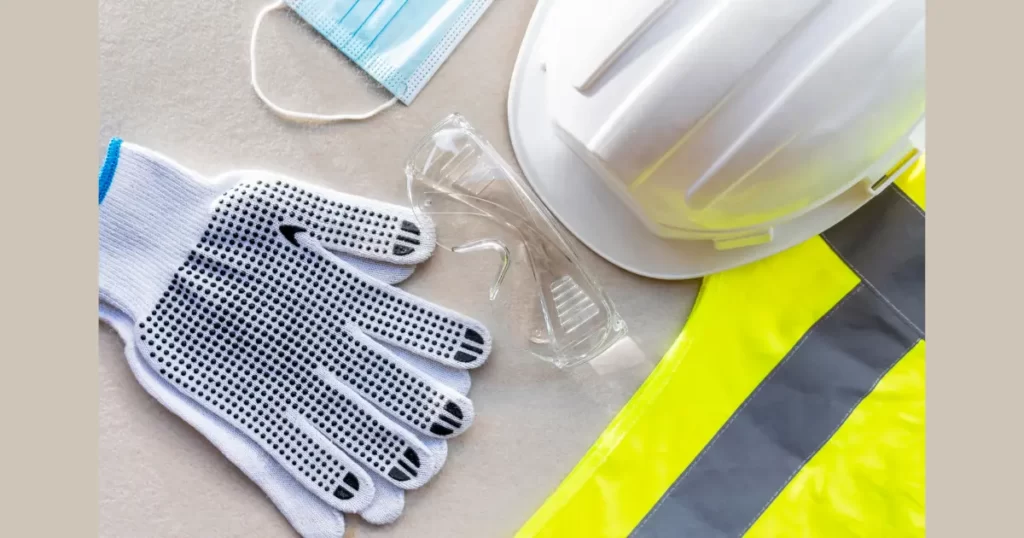In the dynamic and ever-evolving landscape of Human Resource Management (HRM), one aspect has gained paramount importance, that is the safety and wellness of employees. Modern HR practices go beyond traditional roles of hiring, training, and payroll management.
They encompass a holistic approach to employee well-being. Therefore, Now we’ll discuss the critical role HRM plays in ensuring the safety and wellness of employees.
Why Safety and Wellness of employees Matter
- Employee Productivity and Engagement: Safe and healthy employees are more likely to be engaged and productive. They can focus on their tasks without the worry of workplace hazards or health issues.
- Talent Attraction and Retention: Companies that prioritize safety and wellness tend to attract top talent. Moreover, employees are more likely to stay with organizations that care for their well-being.
- Cost Savings: Health and safety programs not only reduce absenteeism but also lower healthcare costs and workers’ compensation claims, contributing to cost savings in the long run.

HRM’s Role in Safety and Wellness of employees
- Policy Development: HR professionals are responsible for creating and implementing safety and wellness policies. These policies outline the company’s commitment to the well-being of its employees.
- Training and Education: HRM plays a pivotal role in organizing safety training programs. Employees should be aware of potential risks and how to mitigate them. They should also be educated on maintaining their physical and mental health.
- Compliance: HR ensures that the company complies with all relevant safety regulations and standards. This includes OSHA (Occupational Safety and Health Administration) guidelines and other industry-specific requirements.
- Risk Assessment: HR teams conduct risk assessments to identify potential hazards in the workplace. They work towards minimizing these risks to prevent accidents and injuries.
- Health and Wellness Programs: HRM designs and administers health and wellness programs. These can include fitness initiatives, mental health support, smoking cessation programs, and more.
- Employee Assistance Programs (EAPs): EAPs, managed by HR, provide confidential counseling and support to employees facing personal or professional challenges.

Creating a Culture of Safety and Wellness
- Lead by Example: HR managers should set an example by prioritizing their own well-being. When employees see HR leaders taking breaks, maintaining work-life balance, and utilizing wellness programs, they’re more likely to follow suit.
- Communication: Open and transparent communication is crucial. HR should encourage employees to report safety concerns or seek help when needed. Regular updates on wellness initiatives can also motivate employees to participate.
- Flexibility: Offering flexible work arrangements, like telecommuting or flexible hours, can alleviate stress and improve work-life balance.
- Rewards and Recognition: Acknowledging employees who actively participate in wellness programs or contribute to a safer work environment can boost morale.
- Feedback and Improvement: Collecting feedback from employees about safety measures and wellness programs can help HR make necessary adjustments and improvements.
Conclusion
In the realm of HRM, safety and wellness are not only just trends; but they are fundamental components of a successful, sustainable, and compassionate workplace.
HR professionals should continue to adapt to the evolving landscape by ensuring that employees are not just resources but valued individuals whose well-being is of utmost importance.
So, Prioritizing safety and wellness isn’t just a corporate responsibility; it’s an investment in the people who drive an organization’s success.
0 Comments